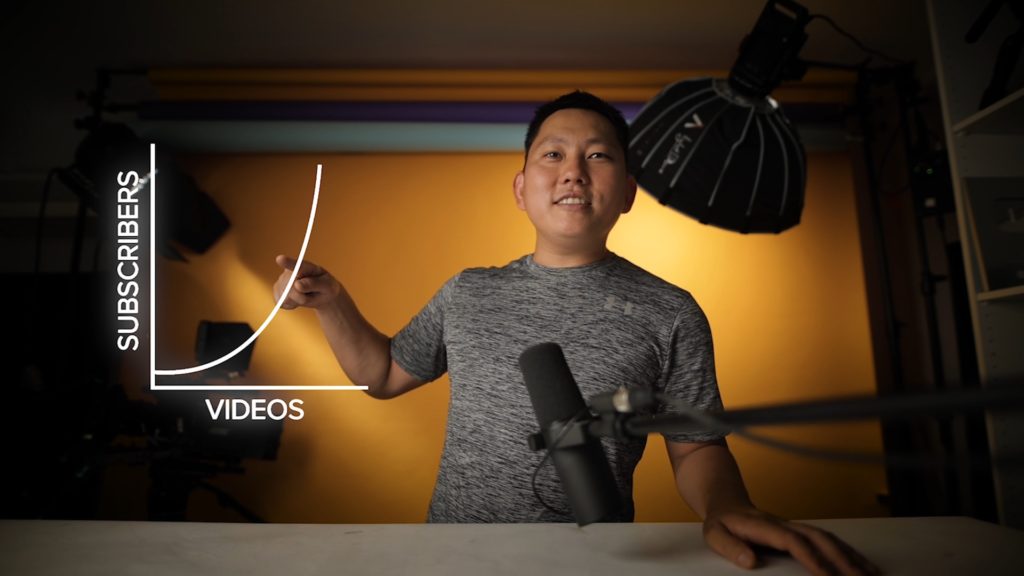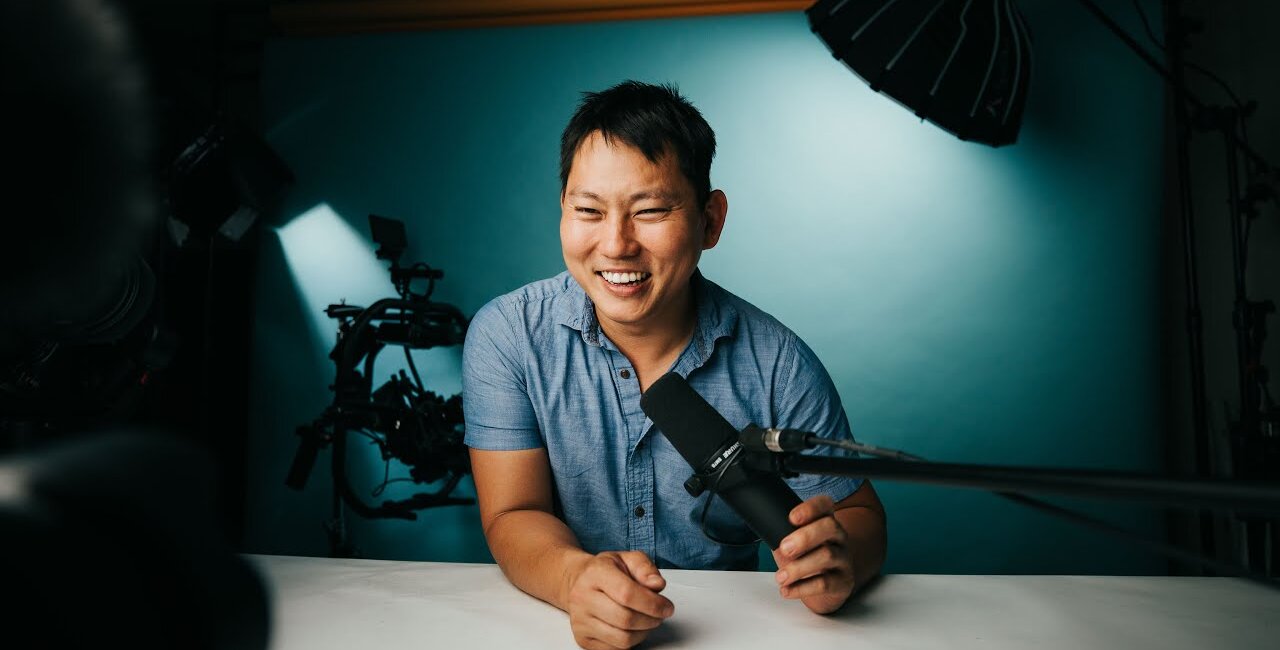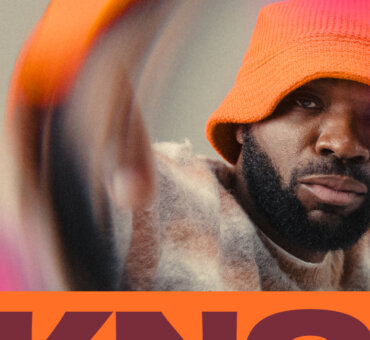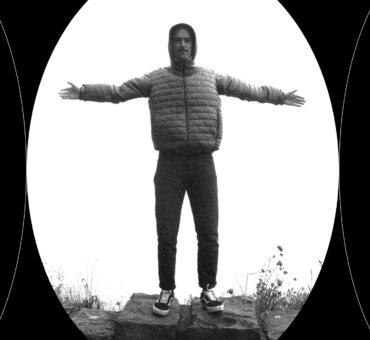I’m Gene Nagata, also known as Potato Jet. I’ve been a YouTuber for the last couple years and today we’re going to be talking about how to make a boring video epic.
The truth is that it’s a never-ending process. Every year I’m trying to figure out ways to make my videos better and better. I’m still learning and trying to improve every single day, but here are some of the things that I’ve picked up in the last couple years.
Make Good Videos Consistently
Now, some people post their first video and it just blows off, and there, career made. That was definitely not my case. When I got to 20 subscribers, I was so excited!
It was very much a slow start, but I understood that it was a game of exponential growth. Things really started to take off for me when I started to ignore the game of exponential growth, and I just said “you know what, I’m going to make the best videos I possibly can and forget all that other stuff.”
You have to make good videos consistently. You can’t just make videos consistently. It does not work. You can’t just make a good video. That also does not work. You have to make good videos consistently. If you can do that, you’ll be good.
Keep The Boring Stuff Interesting
Now, I admit, I had a really big advantage to becoming successful on YouTube. It’s not because I knew how to “hack” an algorithm, or because I knew somebody at YouTube that would promote my videos, or anything like that.
It’s because I had a production company. For over 10 years, I was creating videos. But it’s not the technical information that helped me either. The skill that really came into play was being able to make boring stuff a lot more interesting. When I say that I have a production company, I don’t mean I was doing some glamorous Hollywood movies. I mean, I was working for companies and clients that needed to produce videos.
Sometimes they were really interesting projects, but sometimes they were really lame. It was all about branding, right? So if a company that makes gloves was like “Hey, make a video for us”, we would think of all the different ways we could make that happen. Put it on a mechanic that’s working on a really cool project. How about putting it on a hero that’s building shelters for a good cause? It was all about making these [projects] cool and adding in spice.
For example, I always recorded [my] videos in the same spot with the same single camera angle. And I was getting so sick of my own videos. I never want my videos to get stagnant, so how do I make it more interesting?
That’s when I decided to add a second camera angle. This made stuff more interesting. Then added in some music. This new camera angle definitely added a little bit more spice to the videos, but then my videographer Sam would just be behind the camera. So, we set up the Sam cam right near him. The process is simple, but it’s evolved over time, and I’m constantly trying to add spice, or sexiness to [my] videos.
As soon as I start getting bored of my videos, you start getting bored of the videos. So, the journey to make these videos better is a never-ending process.
Real Feedback Hurts
Here’s one of the toughest things about any sort of artistic craft — it is very difficult to judge your own videos. One of the worst things you could do is go ask one of your friends or your parents and say, “Hey, what do you think of my video?” Because you know what the answer is going to be.
I once made a really bad video on purpose because I thought it’d be funny. I showed it to my friend to see what he would think. He was like “Yeah man, it’s good — it’s really good.”
And you know why? It’s because real feedback hurts. Here’s the thing with feedback: it’s a difficult process, because first, you need to have good sources give you good feedback. On the receiving end, you have to be able to say, “This is just a hate comment. They are just commenting to hate.” And then you have people that genuinely say, “Hey, I think your video can actually do better if you do this.” And you have to be open to it.
Now, a lot of people have asked me for genuine feedback. They say “Hey, I can take the feedback. Tell me the truth. Give it to me straight.” 90% of the time the answer is, it’s not interesting enough, I’m falling asleep, and I cannot wait for this video to end because I don’t want to be a jerk and say I’m not watching the rest of this.
Becoming A Timeline Minimalist
The biggest advice I can give to creators is stop spending time focusing on your algorithm and how to hack the system.
Just focus on stopping your videos from putting people to sleep. The majority of the time, it’s a lot easier than you think. All you have to do is take that video and just shorten it down. Maybe in half. Just try it on one of your videos and see if it still works. If it does, that’s the way to go.
There’s always a balance, right? You don’t want to be too loose with your edits, or else I’m going to fall asleep. You don’t want to be too aggressive, or else you’re going to lose the story. You have to become a timeline minimalist. You have to know the difference between what is essential and what is not.
Now, I probably sound like a hypocrite because if you look at my channel, my videos are like 20 minutes long and I’m just going on and on and on.
The reason why I can do that now is because I’ve already established a relationship with my audience. I have a pretty clear idea of who’s subscribed to the channel. And my audience is just a bunch of suckers that’s willing to sit through the whole thing! I’m just kidding, I love you guys.
But really, if I were to start from scratch again, I would be super, hyper aggressive in cutting everything down. The videos that I put out now that are 20 minutes — they’d probably be like 3 or 4 minutes.
Adding “Fluff” To Your Videos
Once you get really good at delivering a lot in a short amount of time, that’s when you can start adding more stuff to it and you can experiment with what I call “fluff”. When you start off, I don’t think you should have any fluff in your videos. But as you start growing your brand, and your channel, and your image, you can start saying, “Hey what do you guys think about this fluff?”
And if people react very positively to it, then you can add more of that. Then you can ask, “How about this fluff?” And they say, “No, we don’t want to see that anymore.”
This is something that really takes time to cultivate, because you really have to understand what people are open to, and what people don’t want to see before you just slap a bunch of fluff onto it. It’s fluff, but it’s strategic.
Building Your Workflow
Now everyone’s methods are going to be different. I have friends that are very efficient with their footage. They know exactly what they’re going to say going into it, they cut it up, and it’s perfect.
I have no ability to do that because my thoughts are just everywhere. If you tell me to say something on a video, I cannot recite a line. When it comes to just thinking off the top of my head, it’s so easy. I feel like I can articulate pretty reasonably. But if you were to say, “Hey say this line in this video.” I’d be at a loss for words. What works for others didn’t work for me, but this works for me so this is my workflow.
When I’m usually in the studio, I usually have a list of bullet points that I need to talk over, but I don’t overwrite it or else I’m just going to get too much of my head. I try to make sure at least have some thoughts in place, or else I will just ramble.
Now, I also have a vlog channel, which is even more just out of control than this. I just start recording in the morning and I just try to document what goes on throughout the day. And the thing is, I don’t know what I’m going to use and what I don’t. I just record a bunch, and usually halfway through the day, or later on in the day, is when I go “Oh, okay, this is what this video is going to be about.” And at that point, half the footage gets deleted before I even look at it.
And remember: make good videos often.
The hardest part is good videos. Once you get that down to a science, you become more efficient. You stop looking through all the footage. You spend less time editing your cuts. You have a workflow in place to where you can start doing it often. That part comes naturally.
I see a lot of people focusing on making videos frequently. I think it’s better to focus on making good videos, and once you get that down, you’ll be able to make good videos frequently, easier. But again, like I said, everybody has a different workflow. That is just the way I’ve seen things, and so far it’s worked for me.
Don’t Give Up
Sometimes people see [YouTube] as a short-term thing, and it can work for a while. But if you are looking to build a career out of it, something that lasts a long time, and really builds up into something significant, it’s a long-term play. Do not get discouraged when your videos do not do well at first. It takes time and it takes hundreds of videos.
Here’s an example of that exponential growth, right. Currently, it’s not rare for me to get at least 1,000 subscribers in a day with an average amount of effort. The reason why is because I am at this point in the graph.

But I will tell you that not long ago, I was at a lower part of the graph. And when you’re there, 1,000 subscribers seems insane. No matter how much effort I put in at that point in time, there’s no way anything like this would have happened. But what really kept me going was knowing that there’s going to be exponential growth down the line.
And as long as you know that you’re still at the start of that graph, then it’s easier to not get discouraged and work through all the hiccups, and grow over time.
Starting up your YouTube channel can be a lot more difficult than it looks. Check out our previous episode with Film Riot’s Ryan Connolly where he covers 8 tips he wishes he knew before starting a YouTube Channel.





















































































